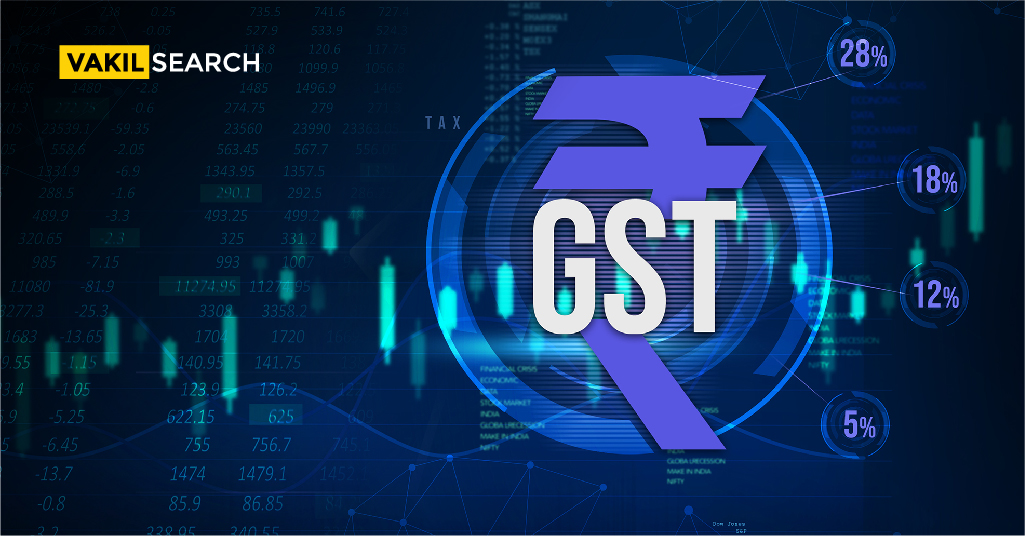The government has announced that coaching centres must pay 18% GST on composite supply. What does this mean?
Introduction
In order to protect the interests of consumers, the government has decided to impose GST on composite supply. However, there are exceptions to this rule. The government has recently imposed GST on composite supply. If you buy a composite material from a supplier, you have to pay 18% GST. The government has also announced composite materials. They must be taxed at 18%.
Under the GST Registration Act in India, composite supply is a common concept. A composite supply refers to a supply of goods or services that are naturally bundled and supplied together in the ordinary course of business. In such cases, the goods or services cannot be supplied separately, as they are interdependent and form a single supply. In this article, we will discuss GST on composite supply in India.
Typically, coaching institutes provide students with notebooks, bags, t-shirts, sweatshirts, and other items in addition to coaching services. The department discovered that coaching institutes were paying GST on an item-by-item basis and clarified that these bundled services fall under composite supply and are subject to 18 per cent GST.
A composite supply is one that consists of two or more goods or services that are naturally bundled and sold together. Furthermore, one of the supplies must be a primary supply, and the items must not be sold separately.
In one case, the Alwar CGST Commissionerate discovered that the coaching institute was underpaying Goods and Services Tax. Along with commercial training or coaching services, the coaching institutes provided school bags, notebooks, t-shirts, sweatshirts, umbrellas, and other items.
Understanding Composite Supply:
A composite supply is different from a mixed supply, where two or more goods or services are supplied together, but they can also be supplied separately. For example, a fruit basket containing different types of fruits is a composite supply, whereas a package containing a pen and a notebook is a mixed supply.
GST on Composite Supply:
Under GST, the tax treatment of composite supply is different from that of a mixed supply. The GST rate applicable to a composite supply is the rate applicable to the principal supply. The principal supply is the main good or service in the bundle that gives the composite supply its essential character. For example, if a hotel provides a room with meals, the principal supply is the room rent, and the GST new registration rate applicable will be the rate for renting a room.
In case the rate for the principal supply is not specified, the highest rate applicable to any individual good or service in the composite supply will be applicable. This is to prevent any possible tax evasion by suppliers who might try to reduce the tax rate by bundling different goods or services together.
It is essential to note that the composite supply should be declared as a single supply, and tax should be charged on the entire bundle. However, if the composite supply is made to an unregistered person or the value of the individual supplies is not available, then the tax rate applicable will be the rate for the composite supply.
Stay ahead in GST planning – Calculate your GST online with our strategic Online GST Calculator.
Example of Composite Supply:
To better understand the concept of composite supply, let’s take the example of a computer set that includes a CPU, a monitor, a keyboard, and a mouse. In this case, the principal supply is the CPU, and the GST rate applicable will be the rate for computers. The GST on the entire set will be calculated based on the rate applicable to the principal supply.
Individually, the following supplies are subject to GST:
- Coaching services accounted for 18% of the total
- T-shirts and sweatshirts – 5% or 12 percent based on MRP
- Notebooks – 12%
- Umbrella – 12%
The coaching institute deposited GST on individual supplies, despite the fact that the students were charged a lump sum for all of these goods and services.
These bundled services, according to the department, are considered composite supplies. In this case, the main supply that is subject to 18 per cent GST is coaching services. As a result, the department was able to recover the ₹3.6 crores short payment.
Coaching institutes are increasingly providing bags, other materials, and so on. All of these fees are included in the course fee. As a result, the attempt to divide it into separate items solely for the purpose of making a GST payment is unjustifiable.
However, levying GST on a principal supply basis would place an even more significant burden on students, as only a few items were kept in low tax brackets, primarily to benefit students. As a result, the council must concentrate on all of these issues and provide a sector-specific, customised solution to assist trade and industry.
Conclusion:
Composite supply is a commonly encountered concept under GST in India. The tax treatment of composite supply is different from that of a mixed supply, with the GST rate applicable to the principal supply. It is essential to declare composite supply as a single supply and charge tax on the entire bundle to ensure compliance with the relevant laws and regulations. As a taxpayer, it is important to understand the concept of composite supply to avoid any confusion or errors in tax compliance.

